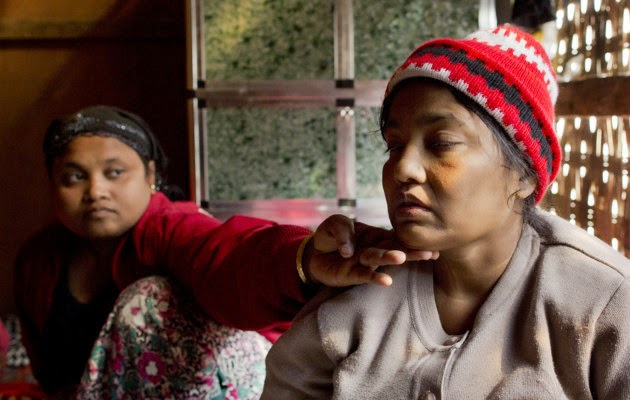From Amitav Ghosh's Amazon.com biography: Amitav Ghosh was born in Calcutta in 1956 and raised and educated in Bangladesh, Sri Lanka, Iran, Egypt, India, and the United Kingdom, where he received his Ph.D. in social anthropology from Oxford. Acclaimed for fiction, travel writing, and journalism, his books include The Circle of Reason, The Shadow Lines, In an Antique Land, and Dancing in Cambodia. His previous novel, The Glass Palace, was an international bestseller that sold more than a half-million copies in Britain. Recently published there, The Hungry Tide has been sold for translation in twelve foreign countries and is also a bestseller abroad. Ghosh has won France's Prix Medici Etranger, India's prestigious Sahitya Akademi Award, the Arthur C. Clarke Award, and the Pushcart Prize. He now divides his time between Harvard University, where he is a visiting professor, and his homes in India and Brooklyn, New York. He also maintains a blog, in which he not only talks about his books and themes raised by his books but also other topics of interest to him usually about Indian history and the Indian Diaspora. Most impressive to me, his blog is remarkably more up-to-date than most authors' blogs.
History and Culture of Myanmar (Burma)
In 1989, the military government government changed the country's name from Burma to Myanmar and changed the spelling of many of the place names. I have used the new names but put the older, more familiar names in parenthesis. For some reason, Mandalay escaped the name change.
On the BBC News website, I found a timeline of Myanmar history, which works well for purposes of discussing The Glass Palace. I also managed to rustle up some images:
From Old Burma
 |
| Exterior view |
 |
| Interior View |
On the plains of the Ayeyarwady (Irrawaddy) River near Mandalay is the ancient capital of Bagan (Pagan), which was built between the 11th and 13th centuries.
From the Colonial Period
King Thebaw (left) with Queen Supayalat (center) and her sister, Princess Supayagyi (right).
King Thebaw's "palace" during his exile in Ratnagiri, India.
An elephant stacking partially milled teak in a lumber yard in Burma.
From the Post-Colonial Period
General Aung San, who is mentioned in The Glass Palace, was a former student leader who collaborated with the Japanese at the beginning of World War II and then with the Allies when he realized that Burmese independence was not one of Japan's goals. He then bargained with the British for Burma's independence after the war but was assassinated in 1947 on the eve of independence by a rival nationalist faction.
Aung San Suu Kyi is the daughter of General Aung San and a prominent resistance figure in modern Myanmar. The Glass Palace ends with a rally of her supporters.
Inter-ethnic violence continues up till today in Myanmar. In 1982, the ruling junta enacted a law that barred "non-indigenous" residents from holding public office, As I was just beginning to read the book, by sheer coincindence I saw this article in a list of articles on Yahoo's news feed. These are the faces of Rohingya people from Western Myanmar, Muslims and ethnically Indian, they have been branded as Bengali illegal immigrants, though their families have lived in Myanmar for generations. They have been the victims of political disenfranchisement and mob violence over the past few years. Hundreds of thousands of Rohingya are now living in refugee camps in Bangladesh, Thailand, and Malaysia.








